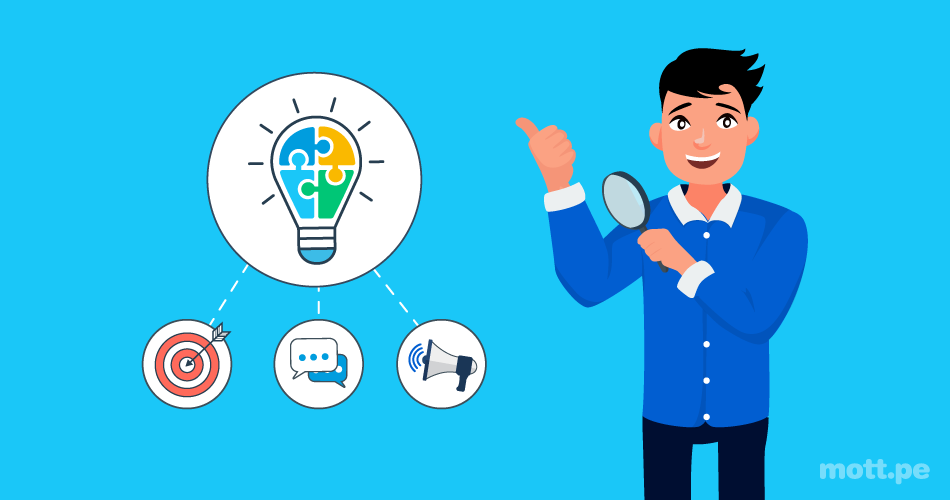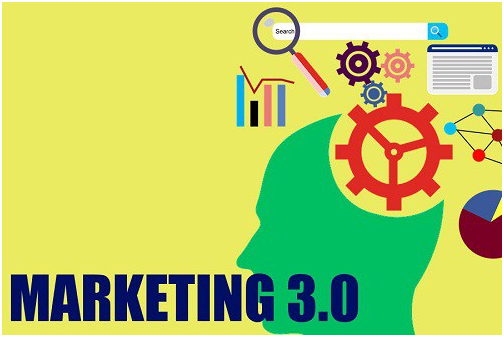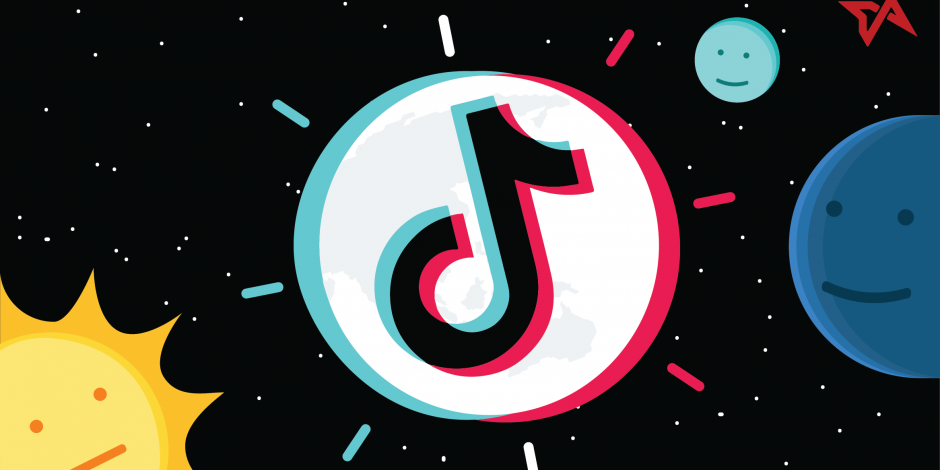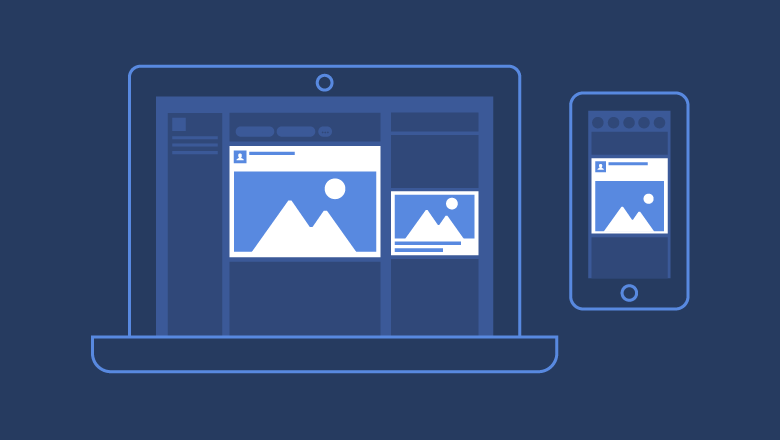
More than 93% of social media advertisers use Facebook advertising. However, very few create profitable ads that meet their conversion goals. Good copywriting within Facebook Ads is essential when it comes to being a successful advertiser on the platform. Do you know how to create ads that are really effective? If not, keep on reading!
Write For Your Target Audience

Do not make the mistake of trying to write for everyone. A basic principle of copywriting is that you have to adapt what you write to the person for whom you are writing. Be very clear about who your ideal client or customer is. To do this, create a persona of who your ideal target customer is, which is a key step in any campaign to generate more leads. Be as detailed as possible when creating this client/customer profiling, focusing on their age, gender, income, hobbies, customs, and much more.
According to Eugene Schwartz, before writing an ad, three essential questions need to be asked:
- What does the client know about his/her problem?
- What do they know about your brand?
- What do they know about your products or services?
Schwartz differentiates several states of consciousness your customer/client will have that you should keep in mind to ensure your advertising message is focused and delivers the results you expect:
- Customer not aware: if the customer knows nothing about the problem, your product, or your brand, they will be very difficult to reach out to and buy your product. This lead is very cold.
- Customer aware of problem: if a customer knows what the problem is and doesn't know how to solve it, you need to show this person a solution to their problem
- Customer aware of the solution: if a customer is aware that a solution exists, then they are aware that there is a way to alleviate their problem, so you just have to guide them towards what you offer.
- Customer aware of product: if a customer knows that your product exists in the market, then you simply need to convince them to use your brand
- Customer very aware: if the customer knows everything about you and your brand (e.g. they follow you on Facebook), then you don't need to sell to them too much as they are already a hot lead.
Depending on the degree of awareness that the target customer/client has with your business will determine how the message is presented within our ad.
The colder our lead is, the more time you will have to devote to making them love your brand and your product or services. On the other hand, if the prospect already knows you, you can present your products or services more directly, with a hook.
In short, understanding how close or "hot" the prospect is to your company is essential in any strategy to attract customers online.
"In Facebook ads we have to make different ads depending on the degree of user awareness"
In addition to knowing your ideal customer/client and their state of consciousness, it is important that you have a very clear purpose for your ad.
Writing The Perfect Ad
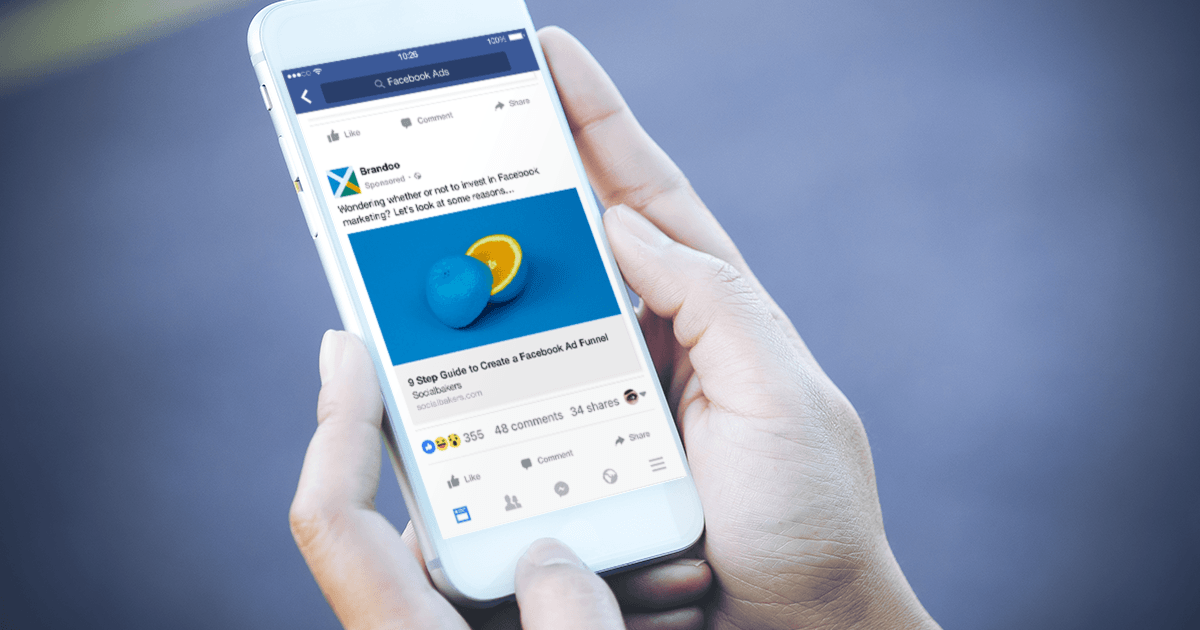
Before getting to how to create these ads, let's look at the basic structure of an amazing Facebook ad. A typical Facebook ad has a structure that fits the following elements:
- Overview (90 characters)
- Image and Image text
- Title (25 characters)
- Link description (30 characters)
- Link and button
The General Description
The general description that appears at the top of the ad is the factor that most activates the memory. Therefore, it is recommended that you spend some time perfecting those 90 characters if you want to leave a positive impact.
When writing it, keep in mind the following:
► The first 90 characters are the most important
► Includes a hook that invites the person to continue reading
► Be clear about the goal you want to achieve
► Make a clear value proposition. It has to be a specific and clearly present who you are or what you do. This is a great help when it comes to attracting the attention of colder users
► Use the PAS Formula. The PAS (Problem / Agitation / Solution) is one of the best known and easy to apply copywriting formulas. Simply, pose a problem that your audience has, stir it up by making the reader feel that pain, and then provide a solution (you and your product/service).
► Includes testimonials.
Image and Text
We are not going to go into too much depth on the subject of the image, because this post is more focused on text optimisation.
However, you should keep in mind that real images are much more successful than images obtained in image banks such as ShutterStock or Pixabay. Real images are far more credible and connect to people on a deeper level.
Title
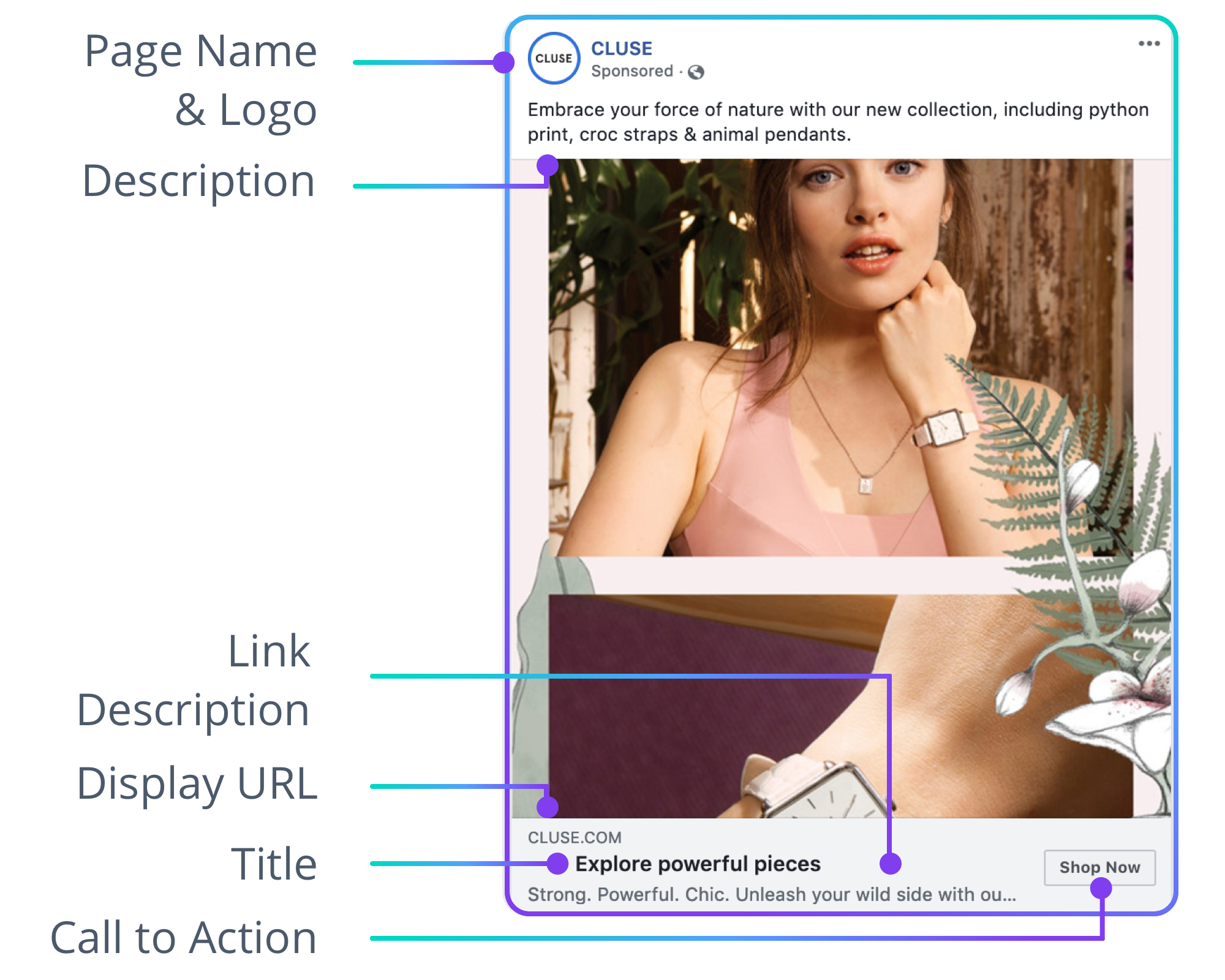
Despite what you probably imagine, it is not actually the image that will activate the memory in the target customer/client, but the text (i.e. the copy used).
Be careful not to repeat the same sentence at the beginning of the main text and in the title because you would be missing out on properly optimising the impact of your ad. It is best to repeat the same idea, but with different text; play with the words and focus it in a different way to reinforce the message.
As in the description, the title of your ad must meet these minimum standards:
- You have to capture the prospect's attention (use a hook!)
- Define the main reason behind the ad
- Activate desire in your ideal customer/cleint
Link Description
This is the part of the ad on which people are least focused. However, it is important to optimise the link description properly, especially for people who are really interested in the product/service. These are some of the things you can do to take advantage of this part of the ad:
- Add more information about your offer
- Mention additional benefits of what you are offering
Link and Call to Action Button
Although people will spend less time to this part of your ad, it is important to be aware of how we can optimise it, especially with regards to the text of the button. A button too striking with the word 'buy' can cause rejection and mean they avoid clicking it, despite being initially interested in your offer. So keep in mind the following tips:
- Show the landing page after they click the link. Create a nice and friendly URL for this page.
- Choose the button that suits your offer
- The text must be aligned with the purpose of your ad
- When in doubt, choose "More Information". The "more information" button receives the most visits compared to other possibilities (register, buy now, etc.)



